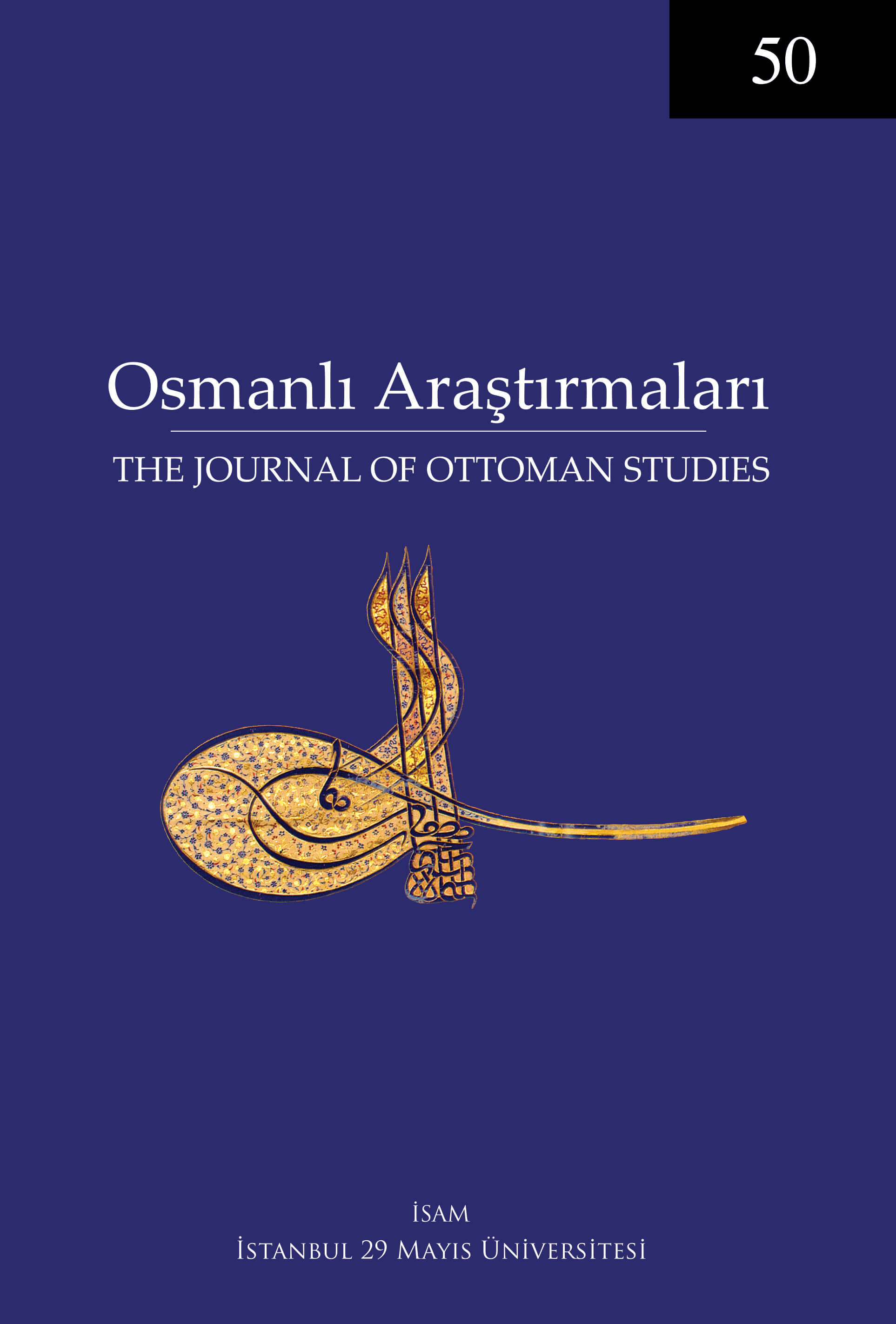Tragic Plot in Ottoman-Turkish Novel and Taaşşuk-ı Talât ve Fitnat as a Prototype
Keywords:
Tragic Plot, Tragic Mistake, Reversal, Discovery, Ottoman-Turkish NovelAbstract
This article examines the tragic plot in Şemseddin Sami’s novel, Taaşşuk-ı Talât and Fitnat. The most important element that creates the tragic effect in a novel is the plot and the arrangement of events which can be seen in some of the nineteenthcentury Ottoman-Turkish novels. For these novels Taaşşuk-ı Talât and Fitnat is a prototype since it entails all the expected features of a tragic plot. Tragic novel is the narrative of a protagonist who rebels for a certain purpose or makes a bad decision and faces all the consequences of her/his actions respectively. In other words, a conflict is the main component of a tragic story; the conflict is resolved as the story proceeds. This resolution is either the death or the survival of the heroin/hero from a catastrophe. Taaşşuk-ı Talât and Fitnat defends love-marriage in contrast to arranged-marriage, reveals the severe consequences of a tragic mistake made in past, and resolves these conflicts with two opposite endings. In the first ending the heroin and hero experience a near-death situation and in the second one the heroes die. As a result, this novel combines the two opposite features of tragic plot in one narrative.




